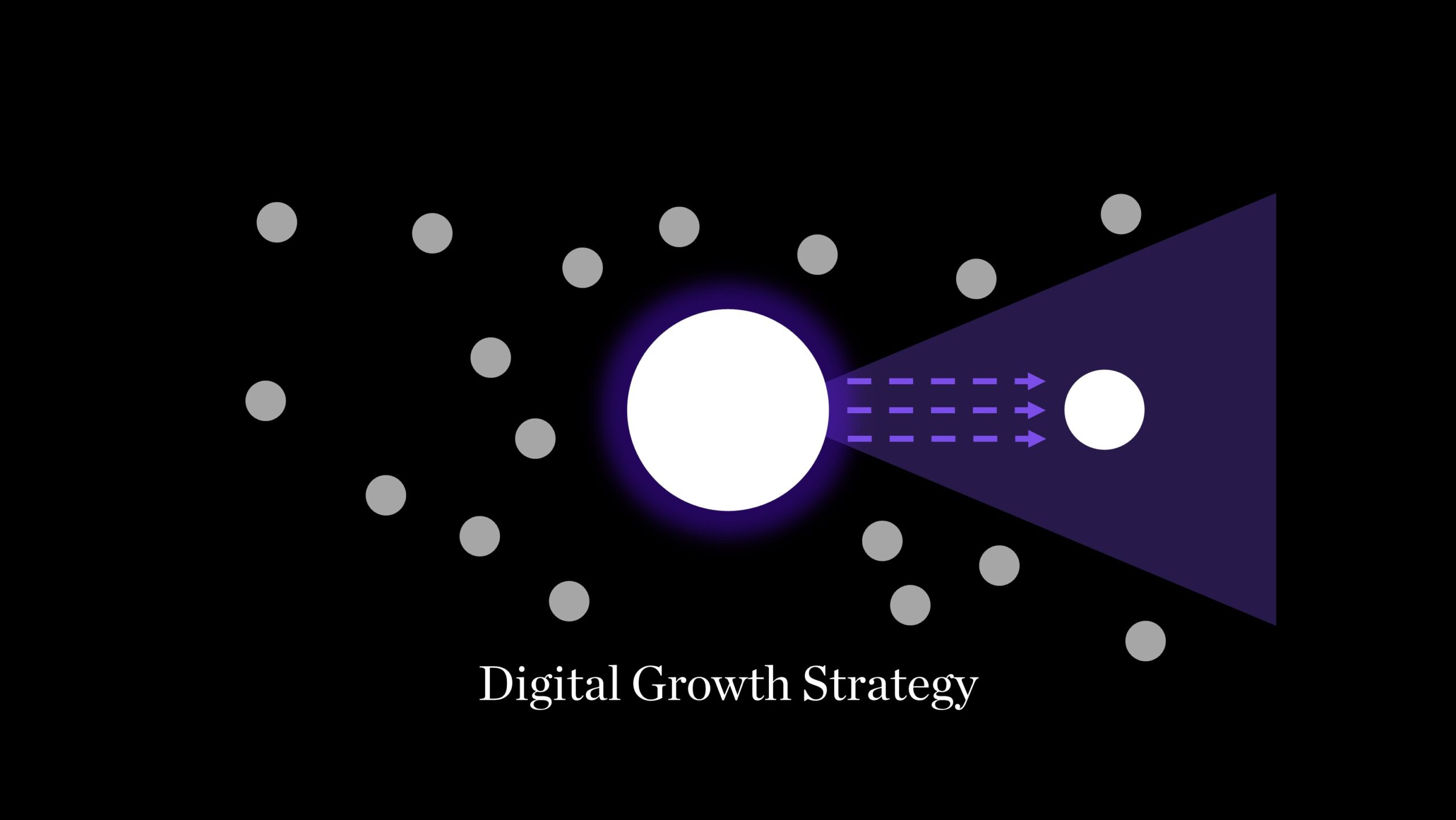Article last updated on February 6, 2022
A digital growth strategy is the process of planning and executing a digital marketing campaign to achieve your business goals. It sounds simple, but there’s more to it.
It involves understanding what needs to be done, when it needs to be done, who will do it, how much it will cost, and what resources are required.
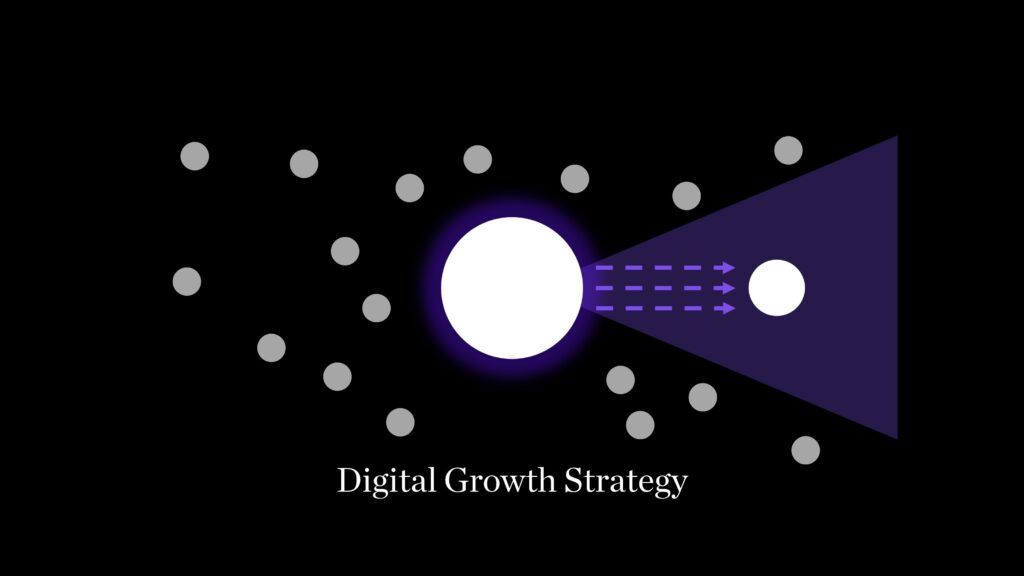
A digital growth strategy is essential because, without one, your digital marketing efforts can be ineffective or even harmful to your business.
As a growth strategist working exclusively with online businesses, I find that many companies have no idea where they’re going, why they’re doing things, or what their ultimate goal should be.
This is because most companies either don’t have a clear vision of what they want to accomplish in terms of revenue, profit, customer acquisition, brand awareness, etc.
Or they are overwhelmed by all the choices available to them, which makes it difficult to know where to start.
This means that they spend money on tactics that aren’t helping them achieve their goals, while other tactics that could help them grow faster are ignored.
The good news is that you don’t need to be an expert at all this stuff to have a solid digital growth strategy. All you really need to understand is the basics and then take it from there.
What Is Digital Growth Strategy
As mentioned above, a digital growth strategy is the process used to plan and execute a digital marketing campaign to meet your business goals.
Here are some examples of goals that fall under the umbrella of digital growth strategy:
- Increase revenue
- Grow customer base
- Improve conversion rates
- Improve SEO rankings
- Decrease churn rate
- Increase brand awareness
- Create new products/services
- Reduce costs
These are just a few examples of goals that fall within the scope of a digital growth strategy.
So if you’re looking to improve any aspect of your business, whether it’s increasing sales, reducing costs, improving conversions, etc., then a digital growth strategy is something you’ll definitely want to consider.
Customer experience is the epicenter of all of this. If you’re not focusing on your customers’ experience, then you’re missing out on a lot of opportunities to increase profits.

Potential customers want bespoke digital experiences, and your goal is to have a digital strategy that accomplishes that.
Yes, your growth plan should have a focus on revenue growth, but that comes as a by-product of having amazing customer relationships.
You see, to have an accurate marketing strategy, you need to deeply understand your target audience first. You need to know who they are, what they desire as it relates to your product or service, what would make them keep coming back and, of course, what is the total addressable market.
Once you’ve got those pieces figured out, you can build a solid digital strategy around these insights and your business goals.
How does a digital growth strategy work?
In short, a digital growth strategy works like this:
- Understand Your Business Goals
- Identify The Target Audience
- Define Your Marketing Mix
- Develop An Execution Plan
- Measure And Optimize
An interesting thing about digital growth strategy and its success is that it doesn’t happen overnight. It takes time to build up momentum and create sustainable results.
If you ask me, that is one of the biggest reasons why so many businesses fail when trying to implement a digital growth strategy. They think that once they get started, everything will be easy and they’ll magically grow.
That simply isn’t how things work.
It takes time to build a solid foundation for your business.
It requires patience, persistence, and lots of hard work.
But if you do it right, in time you’ll have a successful digital growth strategy that will lead to more sales, better customer retention, and lower costs.

A digital growth strategy is essential to every business. But there is no reason why you shouldn’t start today.
Imagine that your digital growth strategy is like a map. A map helps us navigate through life. It gives us directions and tells us where we are. Without a map, we’d never find our way to anywhere.
The same goes for digital growth strategies. Without it, you’ll never achieve your business goals.
Working as a growth strategist, I have noticed a pattern with clients. Many of them struggle with having clarity on exactly what to do to grow their business.
They don’t really know where they want to go or what they want to accomplish.
This lack of direction often leads to confusion, frustration, and a lot of money being spent without real results.
So my advice to anyone struggling with this is to take some time to figure out what you want to accomplish.
Do you want to become more profitable? Do you want to reduce costs? Or maybe you just want to increase brand awareness? All of these are valid options.
If you want to have all of these things, I have created my own process called the Clarity Blueprint to help online businesses go from confusion to clarity and finally to action.
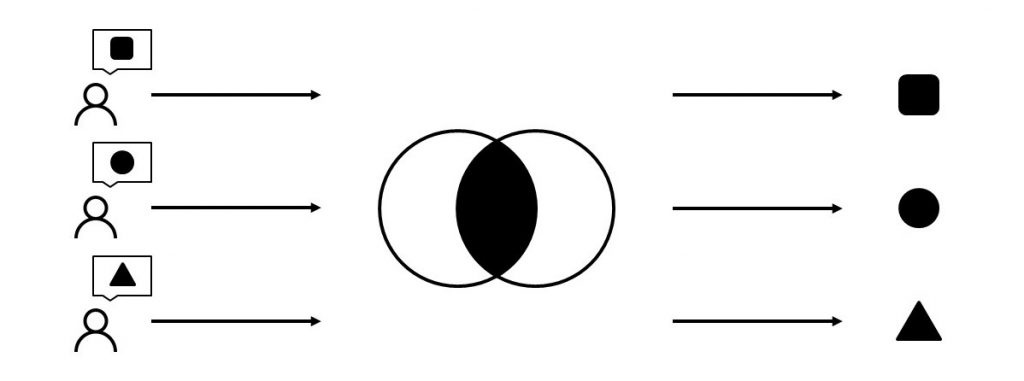
I call it the Clarity Blueprint because it helps you define clear steps to get you closer to where you want to be.
To summarize, a digital growth strategy works like a map or like a blueprint.
You need to understand your business goals, identify your target audience, develop a marketing mix, and then execute your plan.
When you’re done, you’ll have a well-defined roadmap to follow. And remember, it doesn’t happen overnight, but over time, and there’s the right way to do it because what long-term success happened overnight?
So let’s dive into how to build your own digital growth strategy.
How to build an effective digital growth strategy?
To build an effective digital growth strategy, you need all five steps we have talked about.
Step 1: Business Goals: What do you want to accomplish? This step is very important. You can’t move forward unless you first clearly define your business goals.
Your business goals should include both short-term and long-term objectives. Short-term goals are those that you would like to accomplish within the next 6 months. Long term goals are those that are beyond six months.
Step 2: Audience: Who is your audience? If you don’t know who your customers are, you won’t know what products or services to offer them.
And if you don’t know what products or services to offer them, you won’t know which channels to use to reach them.
Step 3: Marketing Mix: How will you communicate with your customers? Will you use social media? Email? Blog? YouTube?
Once you’ve defined your marketing mix, you need to determine which channel will work best for each type of product or service you sell.
Step 4: Execution Plan: Now that you’ve figured out what you want to achieve, you need to create a detailed execution plan.
The execution plan includes specific actions you need to take on a daily basis to make sure you stay focused and keep moving towards your goal.
It also includes milestones along the way. Milestones are checkpoints at which you measure your progress.
The most common milestone is the completion of one phase of your plan. For example, when you complete your website design and launch it, you could mark it as a milestone.
Step 5: Measurement Plan: Finally, you need to set up a measurement plan.
This is where you track your progress against your goals. It’s critical that you monitor your performance so you can see whether you’re making any progress.
If not, you may need to adjust your strategy.
Now that you know how to build an effective digital growth strategy, let me show you how to apply these concepts in practice.
How to apply an effective digital growth strategy?
Let’s say you’re an online solopreneur selling consulting services and online courses.
- You’d probably start by defining your business goals. Your short-term goals might be to increase your client base and revenue. Long term goals might be to become a leading authority in your field.
- Next, you’d figure out your audience. In this case, your target customer is someone who wants to learn more about starting their own successful business.
- After you identify your audience, you’d decide on the marketing mix. In this case, you’d choose social media platforms such as Facebook and Twitter because they allow you to connect directly with your audience.
- Then you’d develop a detailed execution plan. Here’s what I mean…
- First, you’d need to come up with content ideas. Content ideas are topics you’ll write about. For example, you could talk about different ways to find clients, how to get started with freelancing, how to market yourself online, etc.
- Second, you’d need to schedule time to post new content regularly.
- Third, you’d need to promote your posts through social media.
- Finally, you’d need to track your results. You could do this manually using spreadsheets, or you could automate the process using tools like Google Analytics.
That’s how to apply an effective digital strategy.
Questions to ask yourself when developing your digital growth strategy.
Based on personal experience, I can tell you that developing a digital growth strategy is one of the most important decisions you can make as an entrepreneur.
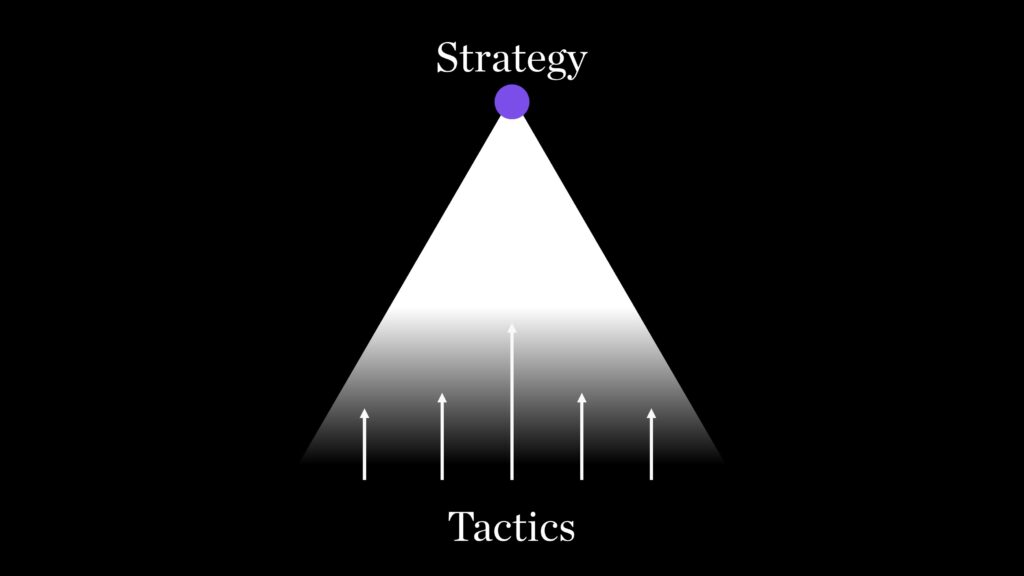
If you don’t have a clear path to growth and don’t do it properly, you might end up wasting time and money without any real results.
So here are six questions you should ask yourself when developing your own digital growth strategy:
- What is my main goal? This question helps you define your overall objective for your business.
- Who am I targeting? This question helps you understand who your ideal customers are.
- How will I reach them? This question helps you determine the best channels to use to communicate with your audience.
- What resources do I have at hand? This question helps you assess your current situation.
- Where do I want to go next? This question helps you establish milestones along the way.
- How will I measure success? This question helps you set realistic expectations.
Remember, if you don’t know where you’re going, then any road will take you there. So make sure to answer all six questions above before you start building your strategy.
Why You Need A Digital Growth Strategy
Your business growth depends on three things:
- The quality of your products and services
- Your ability to reach potential customers
- Your ability to convert those prospects into paying customers
- Your ability to increase customer lifetime value and return rate
Digital growth strategies help you improve your 2nd, 3rd, and 4th aspect. Without it, in the best case scenario, you will grow your business painfully slowly, and in the worst case scenario, you won’t even have a business.
So, if you want to make sure your business grows effectively, you need to invest some time and effort in developing a solid digital growth strategy.
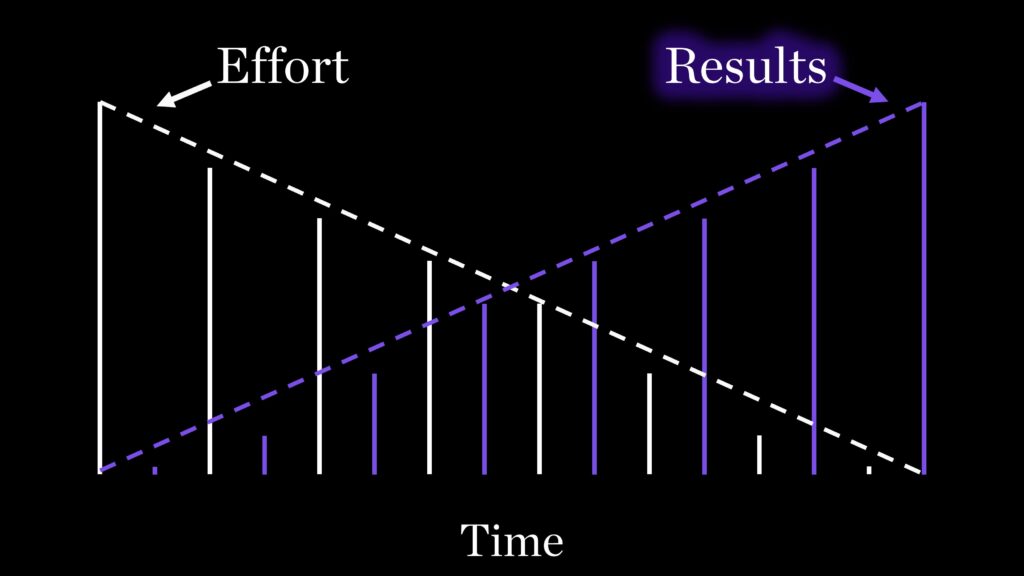
It does not matter which business model you use. As long as you have a website and a product or service, you can benefit from a digital growth strategy.
If you have a marketing team, they will be able to better align your efforts to achieve your business goals. If you don’t have a dedicated marketing team, then you’ll still have strategic advantages over companies without one.
There are many reasons why you need a digital growth strategy, but here are my top six.
1. Increase sales and profits
As we’ve seen, there are many benefits to having a strong digital presence.
But here’s the thing: Most businesses fail because they don’t know where to begin. They think that investing money in advertising or SEO will bring them success.
The truth is, these tactics only work when used properly. And most people don’t know how to use them correctly.

A good digital growth strategy helps you avoid common mistakes. It also gives you an idea of what works and what doesn’t.
You’ll see that some techniques really work well for certain types of businesses, while others don’t work at all. That way, you can focus your efforts on the ones that actually work.
2. Improve brand awareness
Another advantage of having a digital growth strategy is that it helps you build brand awareness.
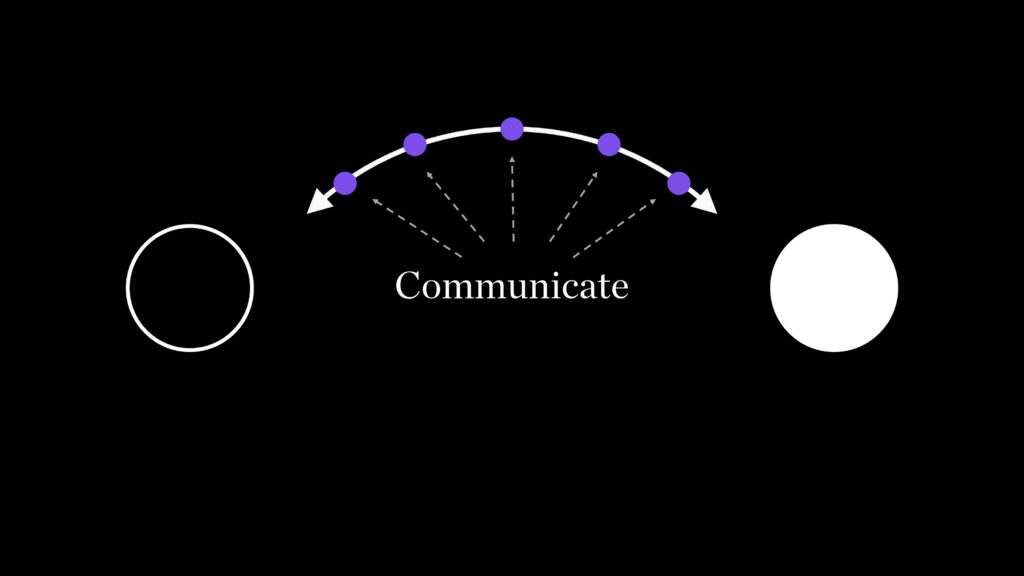
Your online presence is a reflection of who you are. So, if you’re doing everything right, your audience will associate your company with high-quality products and services.
This means more people will trust you and buy from you.
And that’s exactly what you want. Staying relevant to your ideal customers and making relevant content is the best way to get people to know your business.
3. Build credibility
When people search for information online, they look for credible sources.
And that’s exactly what you provide. Having a digital growth strategy lets you show the world that you’re a serious business owner. The digital marketing foundation is built on credibility and long-term relationships.
It is an irreplaceable competitive advantage to be trusted by your audience.
4. Improve conversion rates
One of the biggest challenges almost all online businesses face is converting visitors into leads. They often struggle to get their message across and convert visitors to take action.
That’s why having a digital growth strategy can be so valuable. You can create a clear path for people to follow. This makes it easier for them to take action.
5. Grow your email list
One of the biggest advantages of having a digital growth plan is that it allows you to grow your email list.
Email is still one of the best ways to communicate with your audience. When your target market has already shown interest in your business, they are much more likely to open your emails.
This can help you diversify your revenue streams overtime, because you can start selling other things besides just your core product or service.
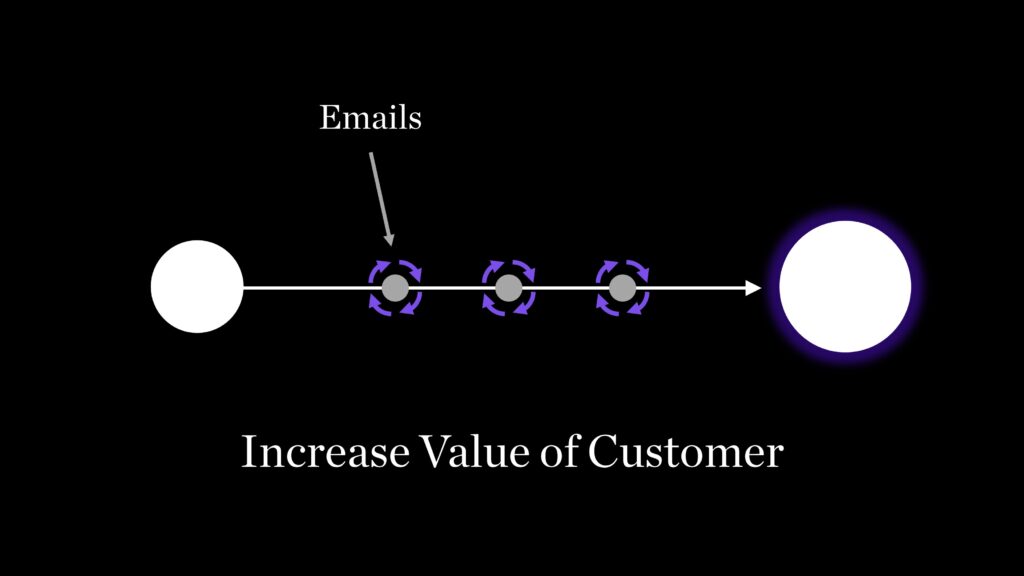
You could have a special offer for engaged subscribers, and that is a fantastic way to increase customer lifetime value.
6. Create a community
When you have a proper content marketing approach, you can connect with your audience in a way that feels natural.
You would want to have a community around your brand. Your followers would want to be a part of a community. And this can make them feel more loyal to your brand.

Building a long-lasting organic growth strategy is a daunting task, but it doesn’t have to be impossible, especially when you build a community and have a solid digital growth strategy.
Common Questions About the Digital Growth Strategy
The questions I will share come from my experience as a growth strategist and also from my clients. These questions usually come up during calls with clients.
Is there a most effective digital growth strategy?
The most effective strategy is the one that cuts all the fluff and gets the results in the short and long term. From experience, I can definitely say that the strategy which is most effective for any business, organization, or individual in digital marketing would be organic growth.
This could mean anything from YouTube videos to social media posts showing your products or blog articles giving tips on how you do things better than others. This approach increases brand credibility, brand awareness, increases transparency, and most importantly, it has a compounding effect.
Do you need to invest in paid traffic when you have a digital growth strategy?
No, because you can leverage organic traffic to build your business. The best way to do this is by optimizing the content of your site, creating videos and uploading them to YouTube, and using social media marketing techniques that will attract more visitors organically.
Personally, I am always in favor of building a business without spending money on ads, and it is possible to achieve this when you have concrete initiatives aligned.
Do traditional growth planning and digital growth strategy differ from each other?
They do differ. Contrary to traditional growth planning, digital strategy is a much more cost-efficient and dynamic way of reaching out to your target market. Traditional marketing strategies are focused on distributing information via various channels, but these types of marketing efforts can prove costly in terms of time and money with little chance for return on investment in today’s day and age.
In contrast, digital strategy provides a path that allows businesses to grow without any boundaries, through multiple platforms at lower costs, enabling them to access a wider audience base than ever before possible.
How do you measure the success of a digital growth strategy?
The main KPI is net profit and the conversion rate. The net profit is how much money a company has, and the conversion rates show whether or not people are buying products on their website.
These two factors largely determine the success of your digital growth strategy, because there wouldn’t be any point in investing in marketing if it wasn’t generating results for your business.
Can a digital growth strategy generate some unconventional growth opportunities?
Yes, it can. A digital growth strategy can be applied to any industry and generate unconventional growth opportunities.
There are many ways in which this could happen, such as by delivering a better customer experience or by solving issues that were not possible before with traditional methods.
The fact is that digital transformation offers the opportunity for businesses to rethink how they do their work and grow just about anywhere on the planet at speeds never seen before in history.
Conclusion
All in all, now you see that a digital growth strategy is essential to having a successful online business. If you ever feel confused, just think of your ideal customers and what they want. Then, create a plan to deliver those services and products to them. You’ll be amazed at the results!
Most solopreneurs and even small business owners overcomplicate things. They get caught up in the details of running their business instead of focusing on the big picture, and the big picture is your delighted customer.
I could expand this topic into more details about marketing mix, omnichannel, and multichannel, but I have covered that separately and I want to stick to the most important parts for understanding digital growth strategy.
If you still have questions after reading my post, please drop me a message.


